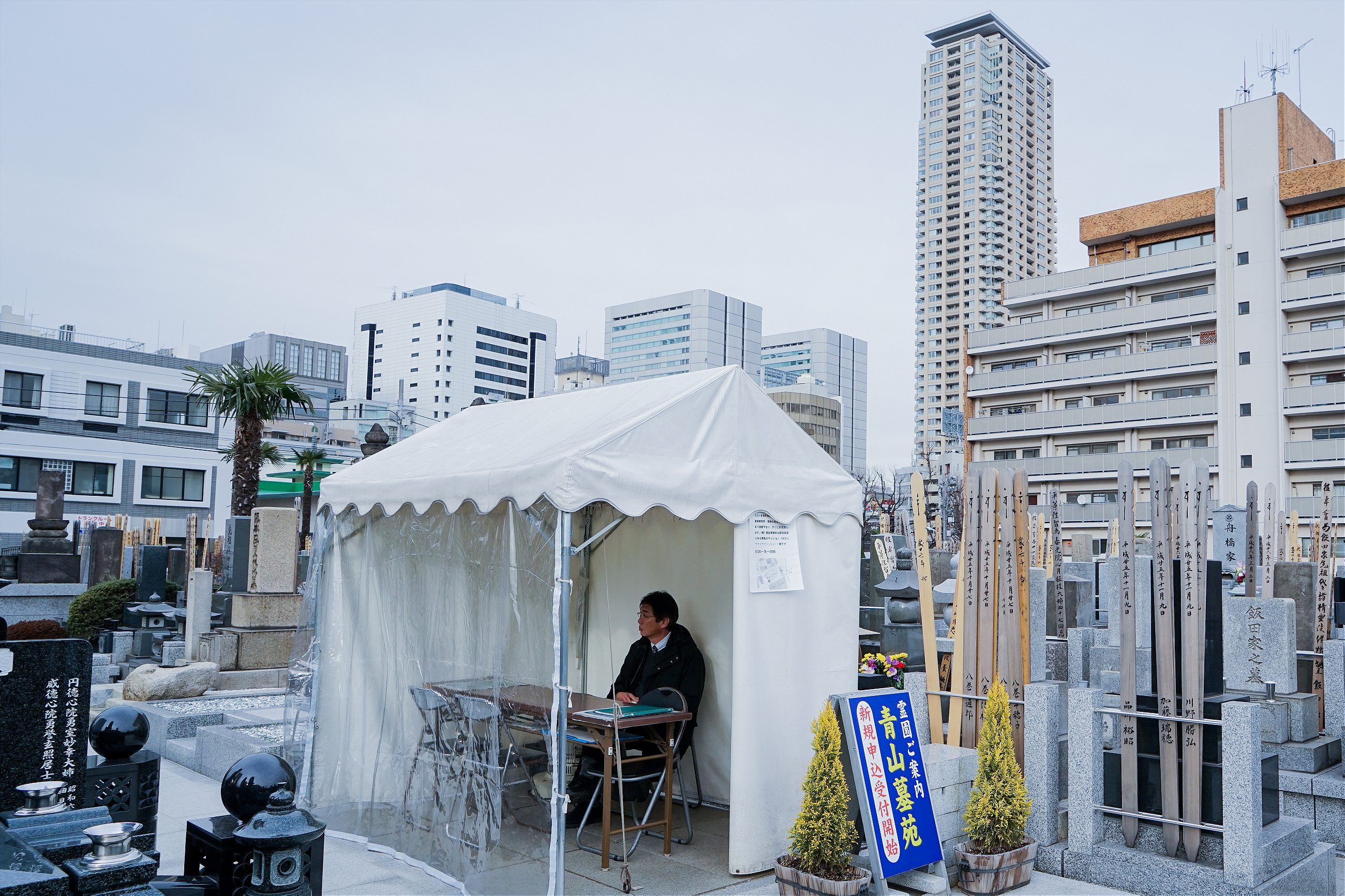A photographer documents Japan’s new breed of high-tech vertical cemeteries.
Shortage of space in Japan’s big cities influences so many aspects of life, and of death. The Aoyama Cemetery in Tokyo, for example, is located on some of the world’s most valuable land, making securing a spot there nearly impossible and extremely expensive. So about a decade ago, architects and engineers started designing vertical cemeteries to provide final resting places for the country’s urban population. Noriko Hayashi photographed these futuristic cemeteries, where LED lights and advanced technology provide a backdrop to ancient Buddhist rituals. The resulting project is a mirror of today’s Japan and its sometimes jarring combination of ultra-modernity and tradition. She joined R&K from her home in Tokyo.
Roads & Kingdoms: Why were you interested in photographing Japan’s high-tech cemeteries?
Noriko Hayashi: I photographed them as part of a group project called Future of Cities organized by my agency Panos Pictures and Sony. I was asked to do a story from Japan that reminded me of the future. I thought this was a great story because it says something about the future of Tokyo, but of other global cities as well.
R&K: How popular are these cemeteries in Japan?
Hayashi: They are very popular in major cities. In Tokyo, a plot of land at a traditional cemetery can cost $100,000. It’s very expensive. These modern cemeteries that I photographed are cheaper and much easier to access. You can always stop by after a day of shopping or after dinner. These cemeteries are also popular among specific populations, for example same-sex couples who cannot be buried together next to the traditional family tomb because many people in Japan refuse to do it. All these things make these modern cemeteries a more marketable package.
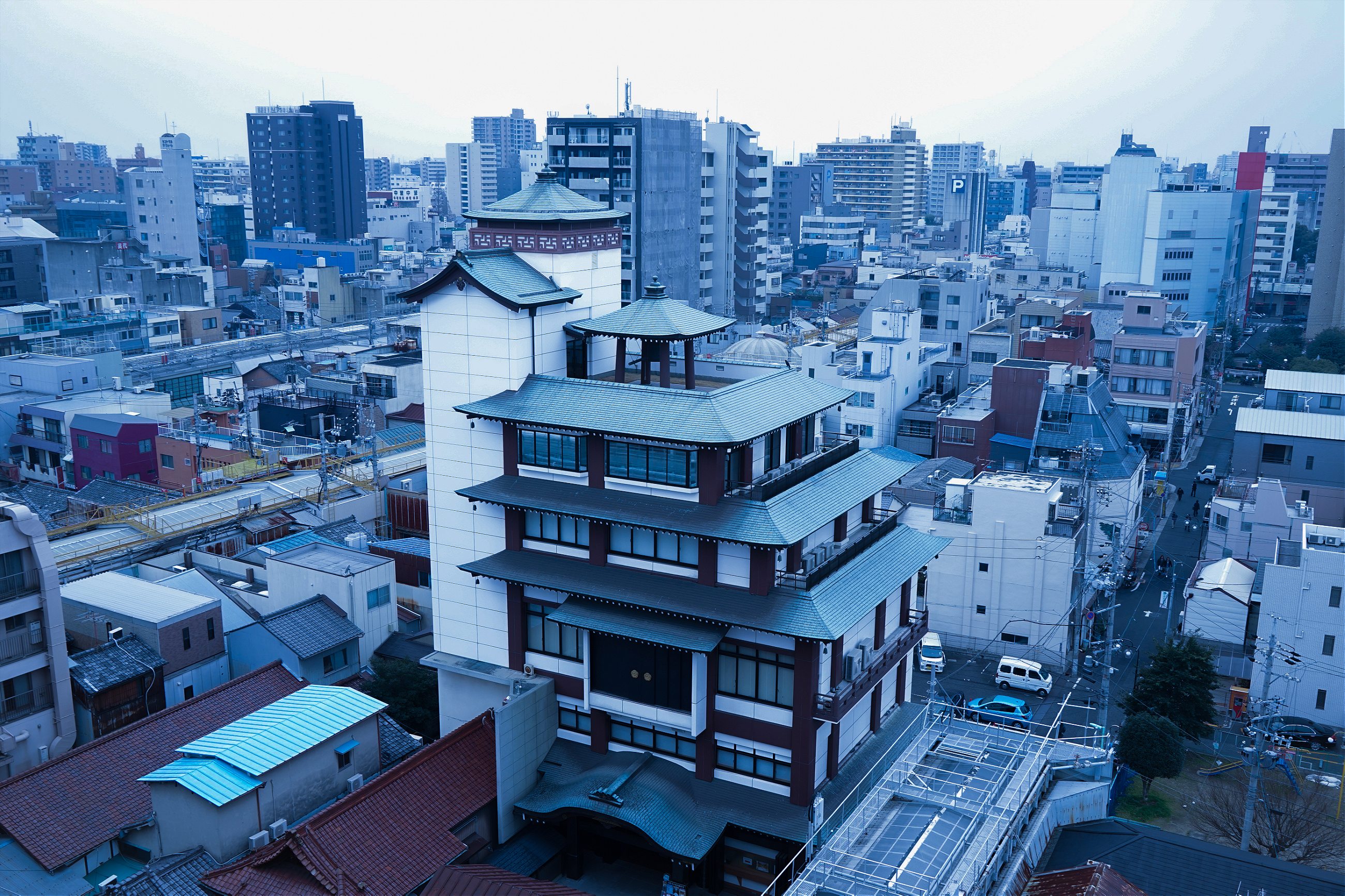
R&K: What is the traditional way of burying people in Japan?
Hayashi: Each family has a tomb in their ancestor’s hometown. So for example my father and mother were born in Tokyo but their ancestors are from Chiba and Nagano prefecture respectively. When my parents die, they’re supposed to be buried over there. It’s complicated because if people want to visit their relatives’ graves, they often have to travel several hours. In the countryside, family graves consist of stone monuments. Inside, people’s ashes are placed next to the ones of their ancestors.
R&K: Do you know anyone who was buried in a modern cemetery?
Hayashi: I personally don’t, but I have a friend whose grandmother was buried like this. My friend thinks it’s great. It was actually her grandmother’s idea to be buried there, and she visits the cemetery often.
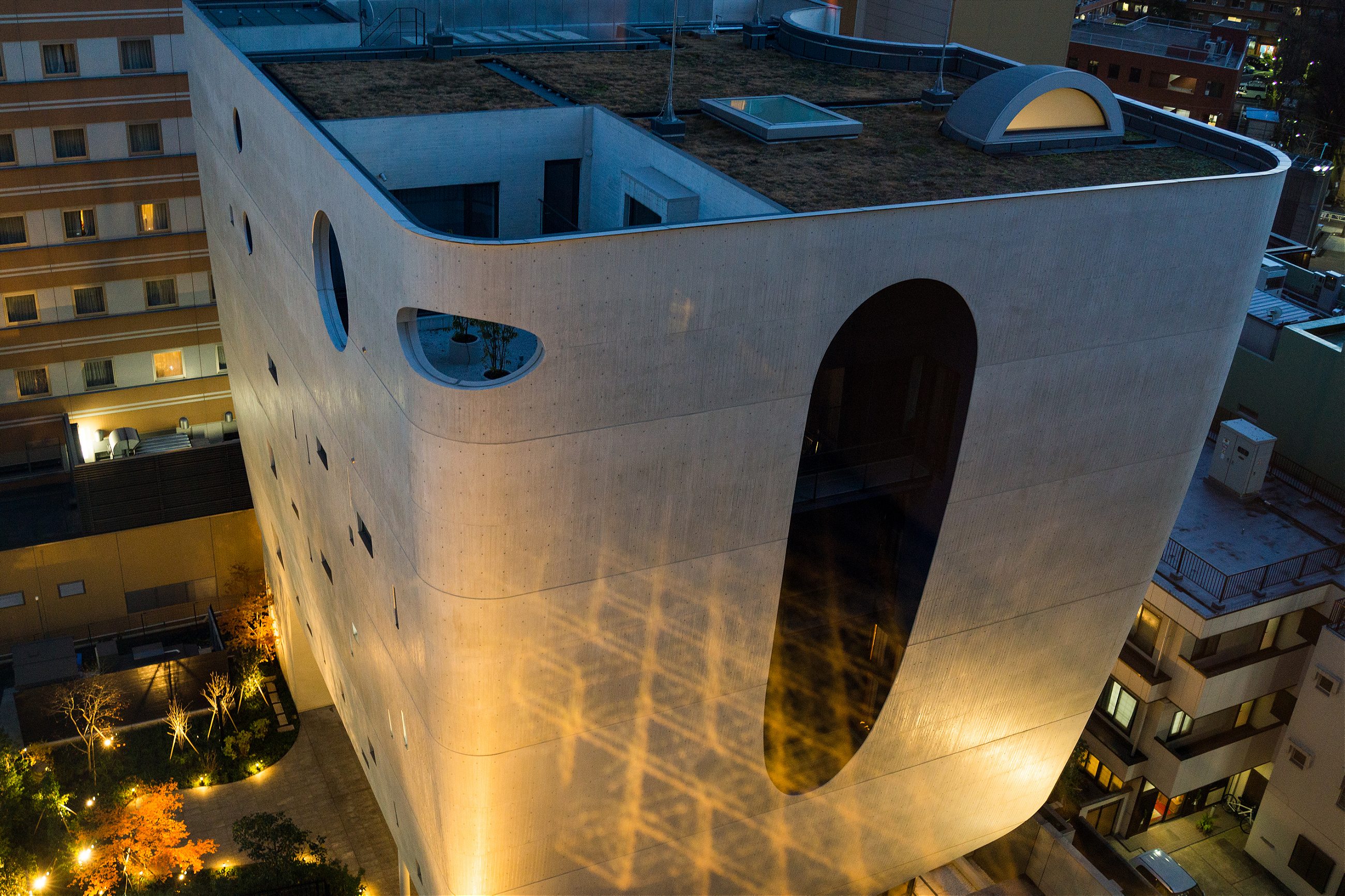
R&K: How did you feel when you first visited one?
Hayashi: I was really impressed. Although the style is modern and sophisticated, it still felt traditional. The way the monks behave, and even the architecture, is an adaptation of Buddhism philosophy for modern architecture. It was really impressive. It was just quiet and peaceful, clean and warm. The monks were very friendly and welcoming.
R&K: Technology plays a big role in these places. How does it all work?
Hayashi: Each visitor has an electric card, which he uses to enter the main room. Some of the cemeteries I visited have an LED lights system. When you put your card in, the location of your relative’s ashes will light up in a different color. That’s how you can find them. It’s important because these cemeteries house a lot of people. I photographed one that has the ashes of 2,000 people. Also, in some cemeteries, you can take the box of ashes out, but that’s not always the case.
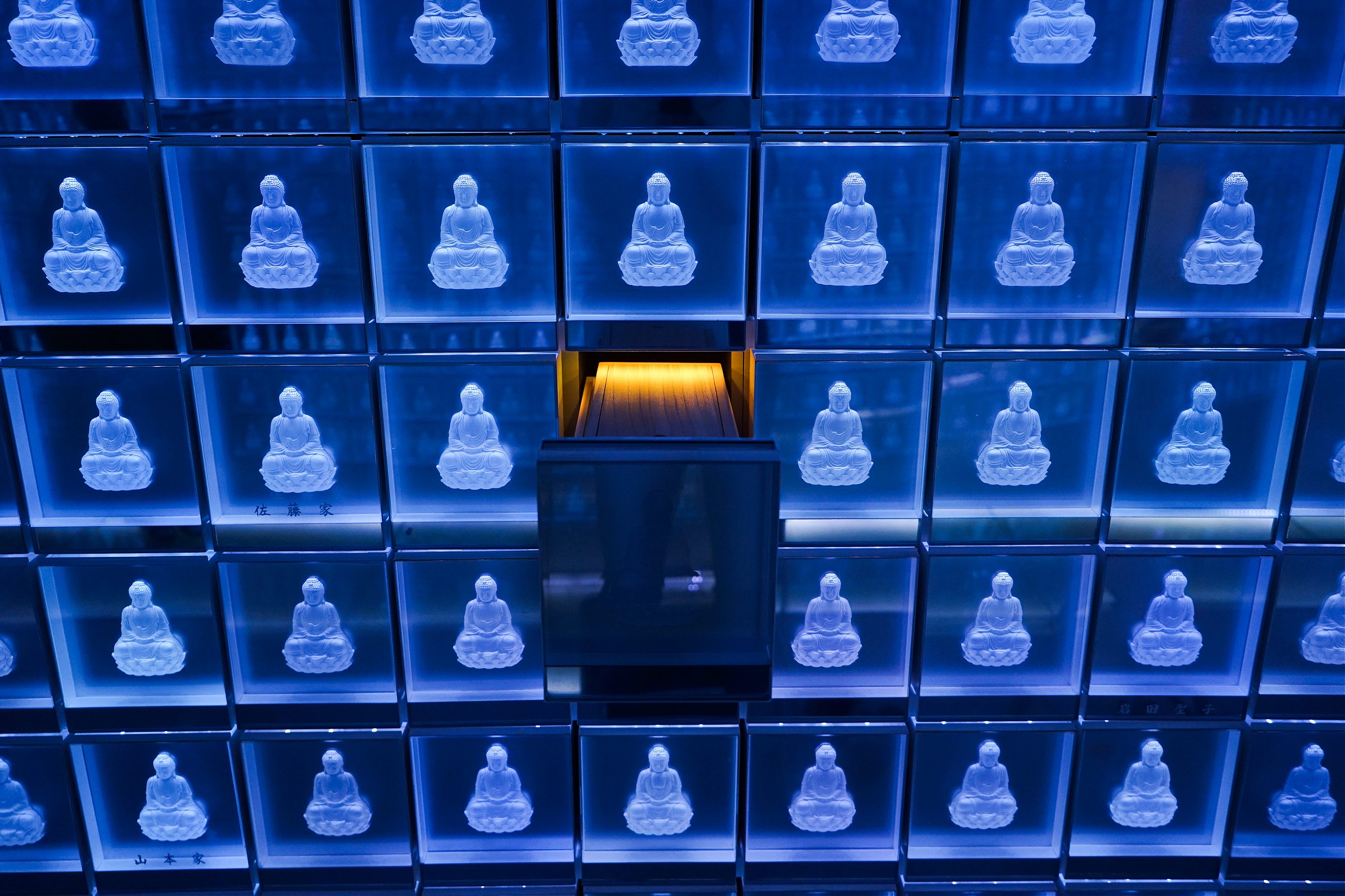
R&K: And what do people do inside?
Hayashi: It depends on the occasion. You can just visit and pray and bring flowers, but if you come on a special day like an anniversary for example, the monks will have a ceremony.
R&K: Is it controversial to be buried in that kind of cemetery?
Hayashi: When I started this project, I thought it was. But the monks assured me it isn’t. I’m sure that some people prefer not to be buried in these places. I have a friend who told me he wouldn’t want to be there. I imagine he feels more comfortable being buried underground, in nature, instead of placed in a futuristic and technological cemetery. Me personally, I was worried about earthquakes. But the staff told me that even if a big earthquake occurs in Tokyo, these buildings will never collapse. Still, I’m worried. You never know, we have lots of earthquakes here. But in general, we do have this idea that after we die, traditionally, we will be buried underground. So this is why some people might feel weird, and I understand that.
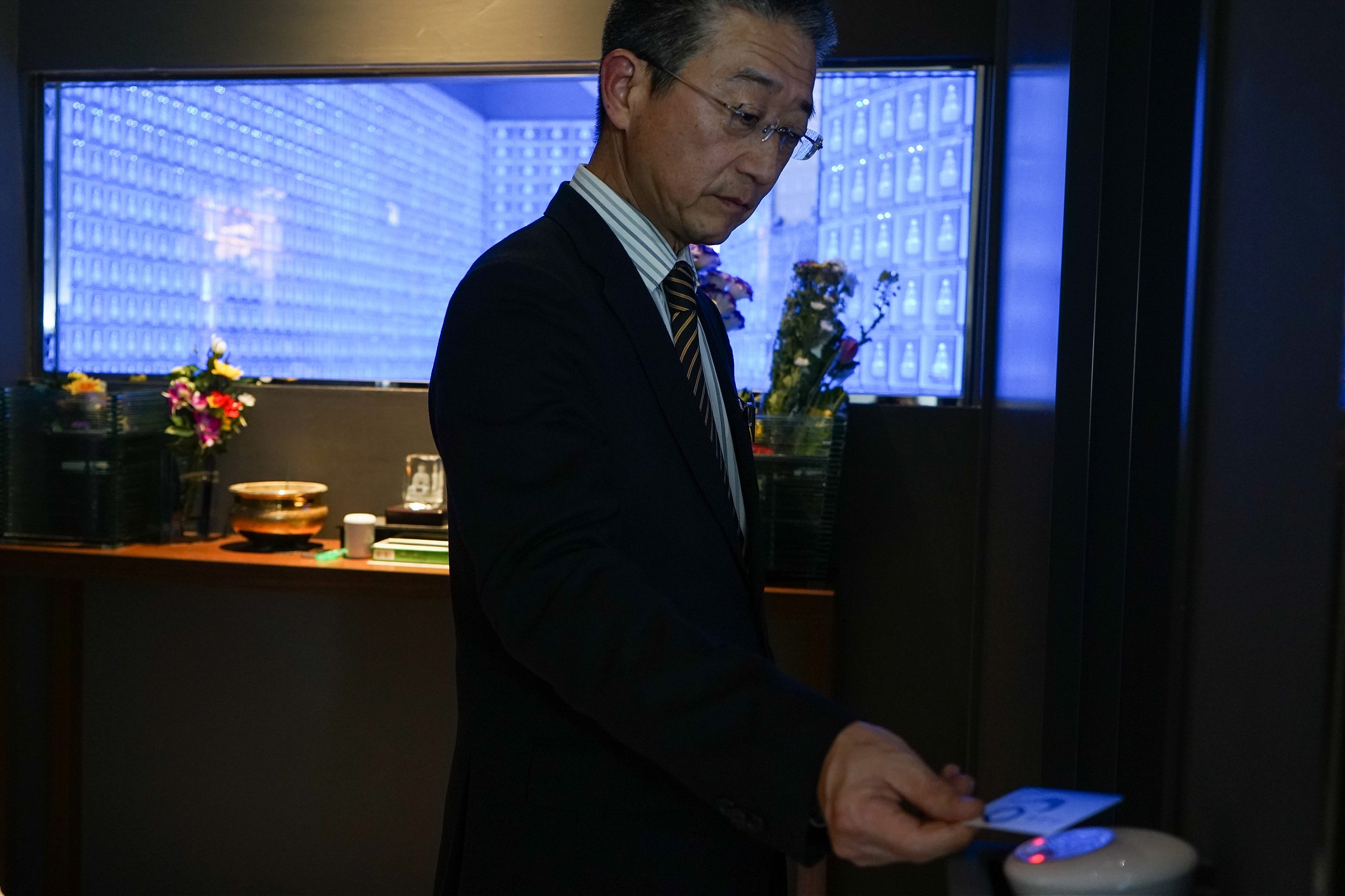
R&K: Would you consider being buried in one?
Hayashi: Yes, I think so. It feels weird to think about it, but why not? They’re beautiful, they’re clean, and it would be very easy for my family to visit me.
Rituals embody the thinking of a society
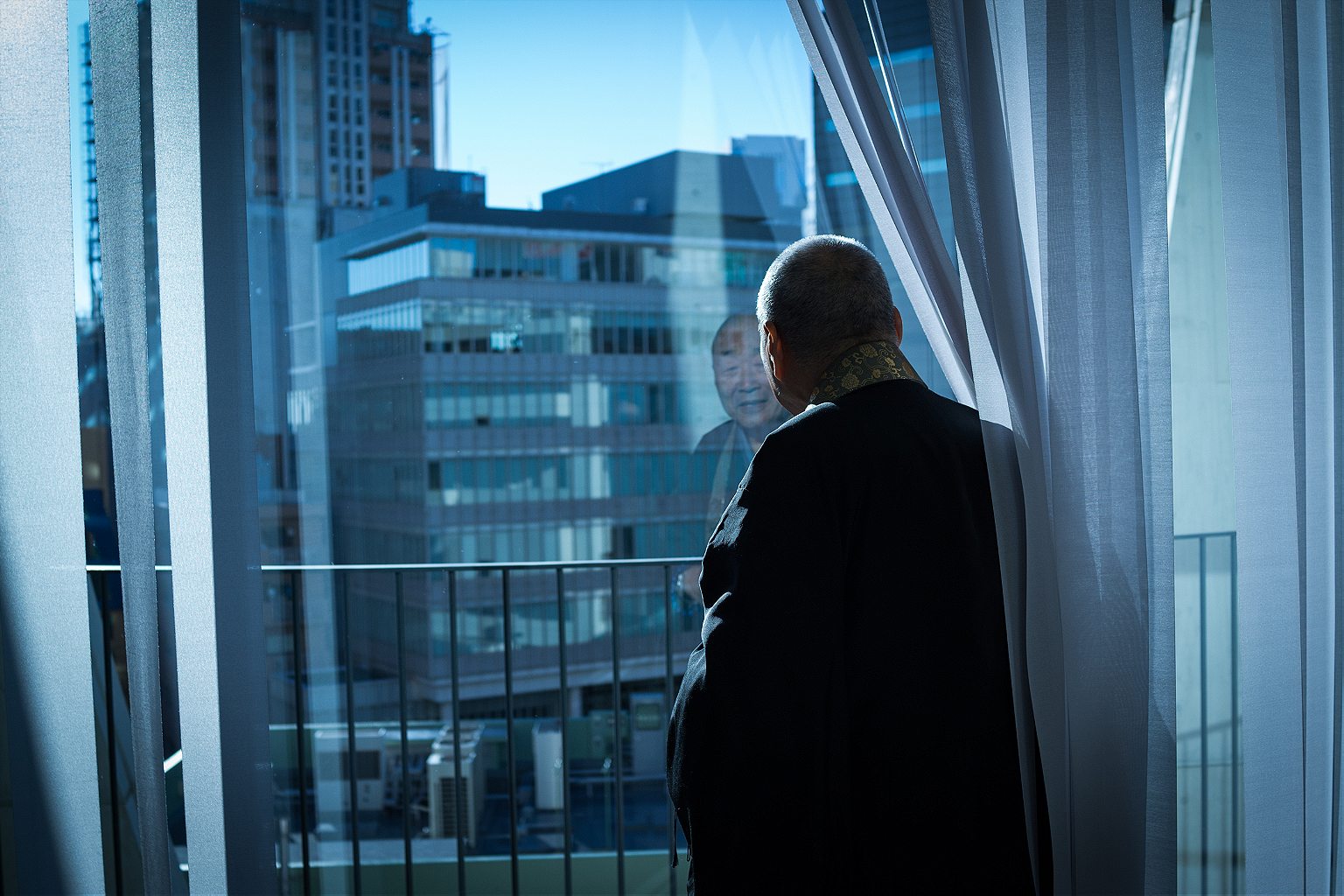
R&K: What do you think these new types of cemeteries say about the future of Japan?
Hayashi: Looking at the new ways in which people are buried made me think about the transformation of lifestyles, social structures, and mentalities. As I mentioned, in traditional Japanese cemeteries it’s still difficult for same-sex couples to be buried together, but these new cemeteries accept all kinds of individuals regardless of sexual orientation, social background or religion. Rituals embody the thinking of a society. And society is changing. Maybe 500 years ago, traditional cemeteries suited the lifestyle of that time, but now it’s different. One of the monks that I interviewed told me that cemeteries have always adapted to new technologies. Buddhism doesn’t have to be traditional, he said. We don’t have to stick to the old ways of burying people. It’s very flexible. Seeing the monks inside these LED cemeteries is like a mirror of Japan: both very traditional and very modern.
